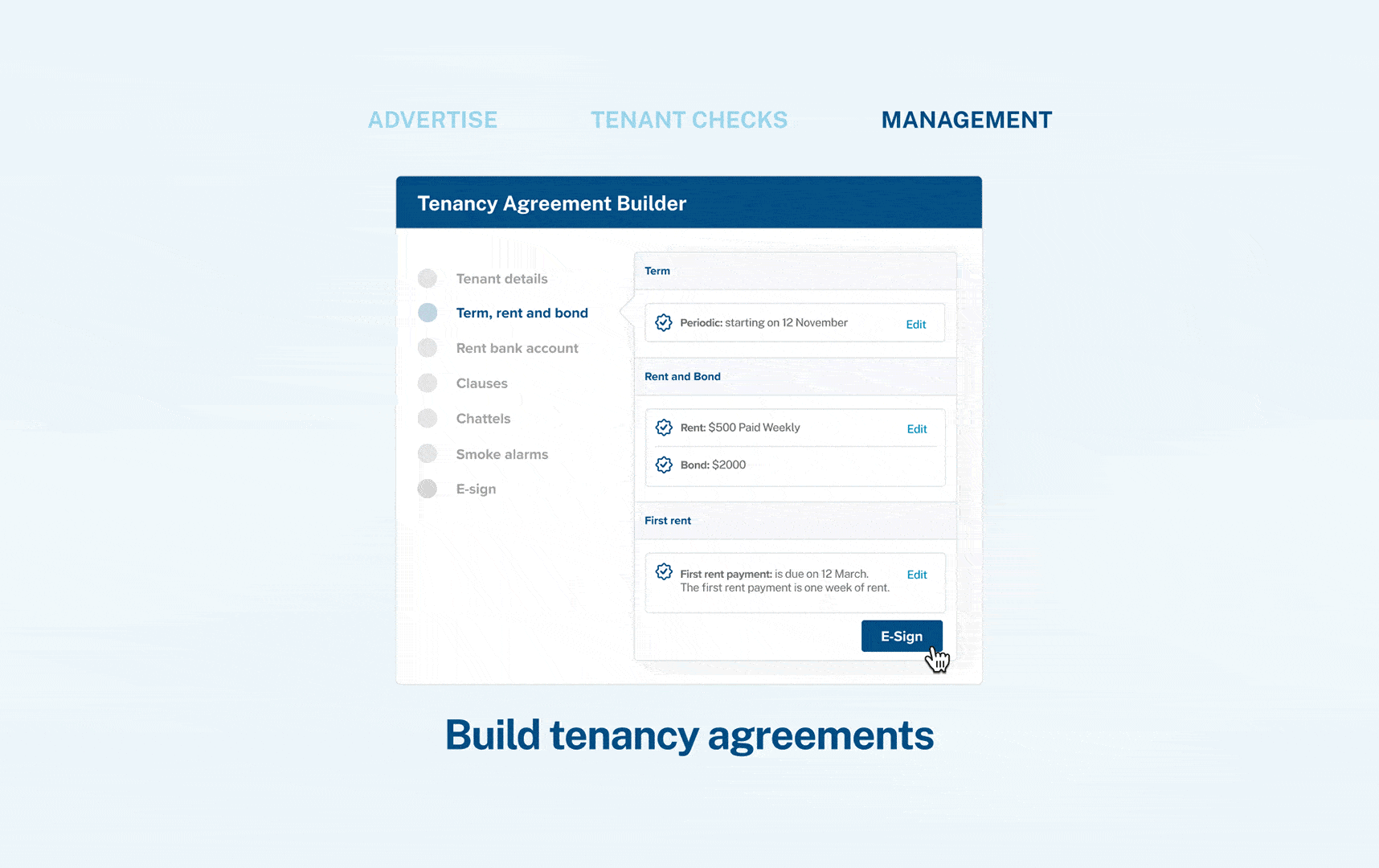‘P’ properties (houses that have been used for manufacturing methamphetamine) have been a consistently controversial topic in not only property news but political and consumer affairs over the last 3 years. The concern is justifiable when you consider the severe health effects - including cardiovascular, respiratory, and dermal problems - that can come from exposure to the harmful solvents, acids, alkalis, and other chemical used to manufacture meth. Moreover, the production of just one kilogram of meth is believed to create at least six kilograms of toxic by-products.
The problem has been especially associated with the social and rental housing sectors. In 2015-16, just over 1% of all NZ Housing properties had evidence of meth. That’s 688 homes in total. Police have also reported that about 75% of P-labs have been found in rented homes. While these numbers may seem shocking, it’s worth bearing in mind that P properties represent a miniscule proportion of the rental market and that with proper diligence and street smarts in selecting tenants and properties you can safeguard yourself against P problems.
A rational and reasonable response or hysteria and paranoia?
Until mid-2017, the minimum threshold for a house to be considered contaminated with P was 0.5 micrograms per 100 square centimetres. This has since been changed to 1.5 micrograms per 100 square centimentres by Standards New Zealand. It is important to remember that these standards are set to detect trace amounts from the manufacture, rather than use, of meth.
But this is where problems arise. The chemical tests used to determine whether P was manufactured at a premises will also pick up signs of its use. Meth use is obviously more prevalent than its manufacture, with about 0.9% of adult Kiwis being users. However, the harmful effects of the residue left by usage alone are largely negligible. This means that relatively minor traces of meth, oftentimes from its usage, will cause landlords and tenants to undertake extensive and costly cleaning and repairs when not entirely necessary.
While vigilance as to the risks associated with a P property is critical, it is also important to be aware of the potential costs. Professional testing can cost anywhere between $3,000 and $10,000, while decontamination, including lost profits from the property, can easily exceed $50,000. While cheaper self-testing home kits are available, these are often unreliable. Therefore, if you suspect your property has been used for meth manufacturing, it may be worth investing in professional testing to ensure that any decontamination costs are absolutely necessary.
There have been growing concerns that the meth decontamination industry - due to a lack of regulation and mass hysteria around P - exploits Kiwis' worst fears to impose huge but unnecessary cleaning costs on them. While the extent of exploitation remains unclear, the meth decontamination industry does provide a vital service for many property owners. The key point is that you should seek independent advice on whether your property is affected before proceeding with any decontamination work.
Renting: what you need to do about ‘P’
For landlords
Landlords have obligations under the Residential Tenancies Act 1986, the Building Act 2004, and the Health Act 1956 to provide and maintain the premises in a safe condition. This means that renting a premises affected by meth manufacturing may constitute a breach of these laws.
If you suspect that your property has been used as a P-lab, you should test it and conduct decontamination before renting it out.
For tenants
It should go without without saying that tenants must not use or manufacture meth at or in their rental property (or at all for that matter!).
If you’re currently renting and suspect your home may have been affected by meth, you should contact your landlord as soon as possible to arrange for proper testing. It may be helpful to collate the relevant evidence to help convince your landlord that testing is necessary.
Further reading
If you suspect your premises is affected by P
- NZ Tenancy Services Guide to P Properties
- NZ Law Society Practice Brief on transactions involving meth affected properties
More about meth testing and the decontamination industry
- NZ Standards, Testing and decontamination of methamphetamine-contaminated properties,
NZS 8510:2017
- NZ Herald, 'Landlords get official guide on how to test and clean P-contaminated houses'
- TVNZ, 'The P properties: Fair Go investigates NZ's toxic homes'
- NZ Property Investors Federation, 'Consequences for landlords when P is found on their properties'
- Stuff.co.nz, 'Q+A: What you need to know about methamphetamine contamination'
The information contained in this article is exclusively for promotional purposes. It does not in any way constitute legal advice and should not be relied upon as the basis for any legal action or contractual dealings. The information is not, and does not attempt to be, a comprehensive account of the relevant law in New Zealand. If you require legal advice you should seek independent legal counsel. myRent.co.nz does not accept any liability that may arise from the use of this information.

